Digestive health is foundational to overall wellness, yet it is one of the most overlooked aspects of human physiology. The gastrointestinal tract is not simply a conduit for food—it is a dynamic, highly regulated ecosystem where enzymes, microbes, immune cells, and host tissues interact in ways that influence nutrient absorption, systemic inflammation, metabolism, and even mental health. Two crucial elements in this ecosystem are digestive enzymes and probiotics, both of which play distinct but synergistic roles in supporting optimal digestion and gut homeostasis.
Digestive Enzymes: Catalysts for Nutrient Liberation
Digestive enzymes are specialized proteins that catalyze the breakdown of macronutrients into absorbable units. Without these enzymes, the body cannot efficiently extract amino acids, fatty acids, simple sugars, vitamins, and minerals from food.
Key Classes of Digestive Enzymes:
- Proteases (e.g., pepsin, trypsin, chymotrypsin): Hydrolyze proteins into peptides and amino acids.
- Lipases: Break down dietary fats into glycerol and free fatty acids.
- Amylases: Degrade complex carbohydrates into monosaccharides like glucose.
- Disaccharidases (e.g., lactase, sucrase, maltase): Split disaccharides into simple sugars for absorption.
Insufficient enzyme activity—whether due to genetic factors, pancreatic insufficiency, chronic gastrointestinal disease, or aging—can lead to malabsorption, bloating, nutrient deficiencies, and systemic inflammation. For example, lactase deficiency underlies lactose intolerance, while exocrine pancreatic insufficiency can cause steatorrhea and severe nutritional compromise.
Supplemental digestive enzymes are sometimes used to bridge gaps in enzymatic activity, especially in patients with pancreatic disorders, irritable bowel syndrome, or after gastrointestinal surgery.
Probiotics: The Microbial Architects of Gut Balance
In parallel with enzymatic digestion, the gut microbiota orchestrates an array of metabolic, immunological, and signaling functions. Probiotics—defined as live microorganisms that, when administered in adequate amounts, confer a health benefit on the host—play an essential role in modulating this ecosystem.
Mechanisms of Action:
- Fermentation of undigested carbohydrates → production of short-chain fatty acids (SCFAs) like butyrate, acetate, and propionate, which nourish colonocytes and regulate immune responses.
- Competitive exclusion of pathogens by occupying adhesion sites and consuming available nutrients.
- Modulation of immune signaling through interactions with dendritic cells, T-regulatory cells, and secretory IgA.
- Enhancement of intestinal barrier integrity by upregulating tight junction proteins and reducing permeability (“leaky gut”).
Clinical studies link probiotics to benefits in conditions such as antibiotic-associated diarrhea, irritable bowel syndrome, inflammatory bowel disease, and even mood disorders, reflecting the influence of the gut–brain axis.
The Synergy Between Digestive Enzymes and Probiotics
While digestive enzymes act directly on macronutrient breakdown, probiotics function more indirectly by shaping the microbial environment and supporting post-digestive metabolism. Their actions are complementary:
- Enzymes facilitate primary digestion, reducing the substrate load (e.g., undigested proteins or carbohydrates) that can otherwise ferment excessively and contribute to gas, bloating, or dysbiosis.
- Probiotics optimize secondary metabolism, fermenting residual fibers and starches into SCFAs, lowering colonic pH, and maintaining microbial diversity.
- Together, they improve nutrient bioavailability, minimize gut irritation, and support systemic health outcomes ranging from immunity to metabolic balance.
Practical Considerations
- Digestive Enzyme Supplementation: May be beneficial for individuals with pancreatic insufficiency, lactose intolerance, celiac disease, or persistent postprandial discomfort. However, formulations differ widely (single enzyme vs. multi-enzyme blends), and clinical effectiveness depends on underlying pathology.
- Probiotic Supplementation: Strain specificity is key. Lactobacillus rhamnosus GG, Bifidobacterium longum, and Saccharomyces boulardii are among the most studied. Not all probiotics are universally beneficial; matching strains to conditions is essential.
- Dietary Synergy: Whole foods naturally rich in enzymes (pineapple, papaya, fermented foods) and prebiotic fibers (onions, garlic, asparagus, chicory) can support endogenous enzyme activity and probiotic colonization.
Conclusion
Digestive enzymes and probiotics represent two distinct yet interdependent pillars of gastrointestinal health. Enzymes enable efficient nutrient breakdown and absorption, while probiotics sustain a resilient gut microbiome capable of modulating metabolism, immunity, and systemic homeostasis. Together, they form a powerful alliance—ensuring not only digestive comfort but also long-term wellness at the cellular and molecular level.

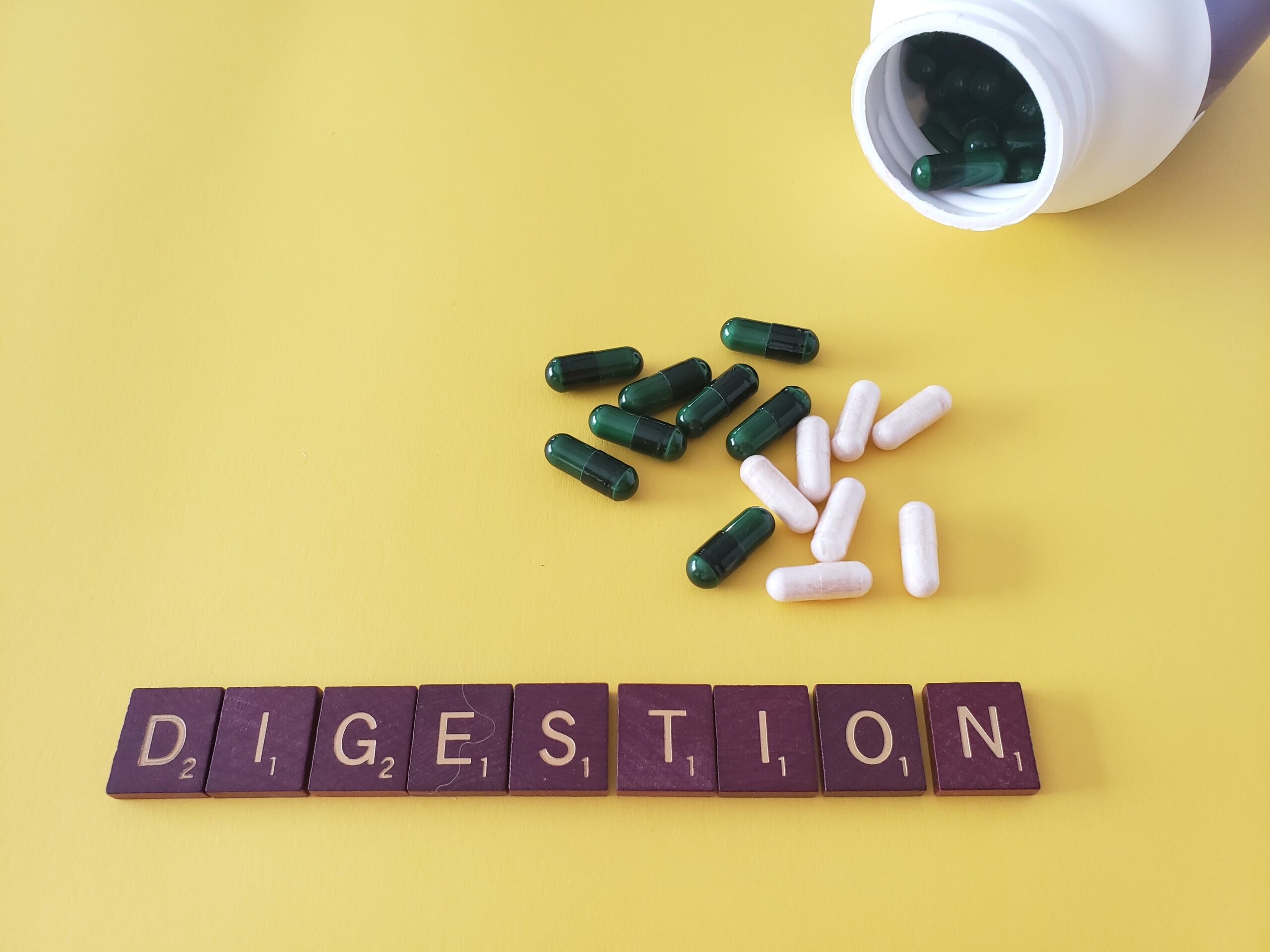
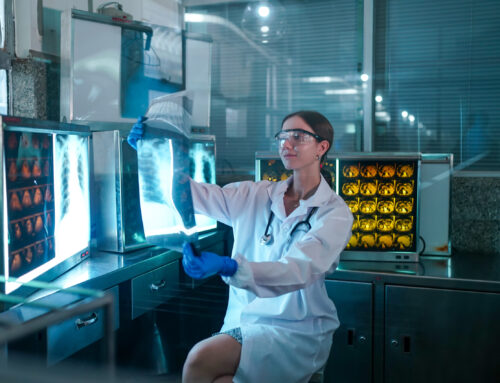
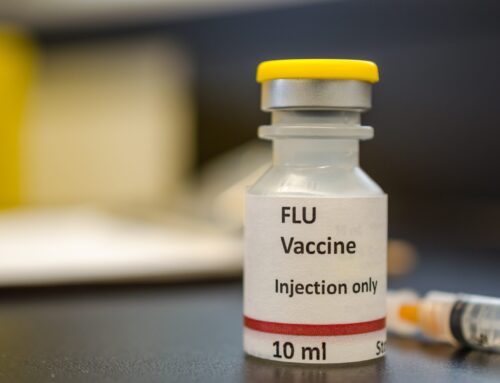
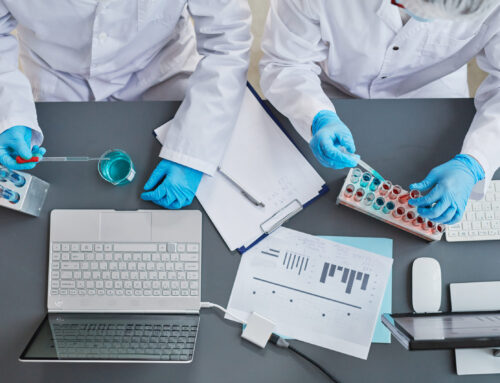
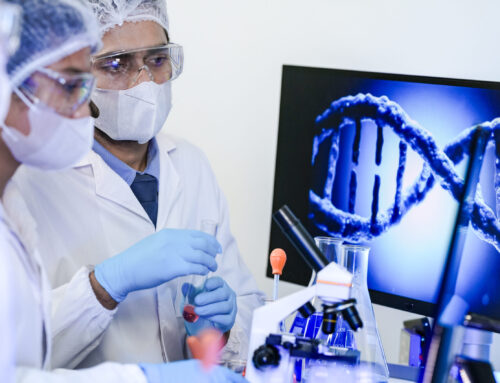
Leave A Comment